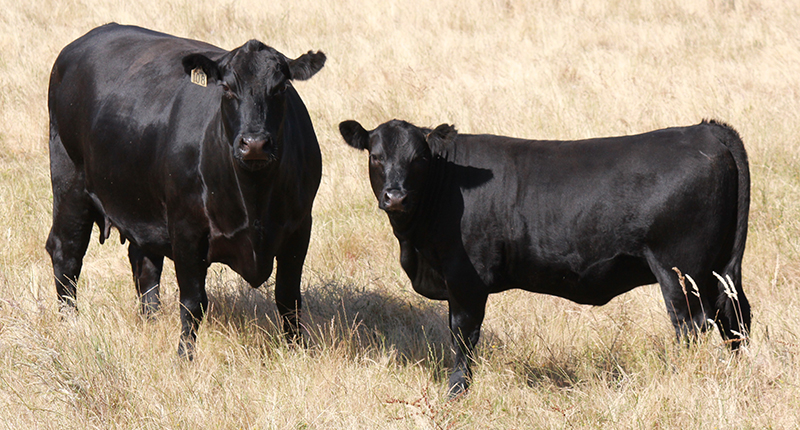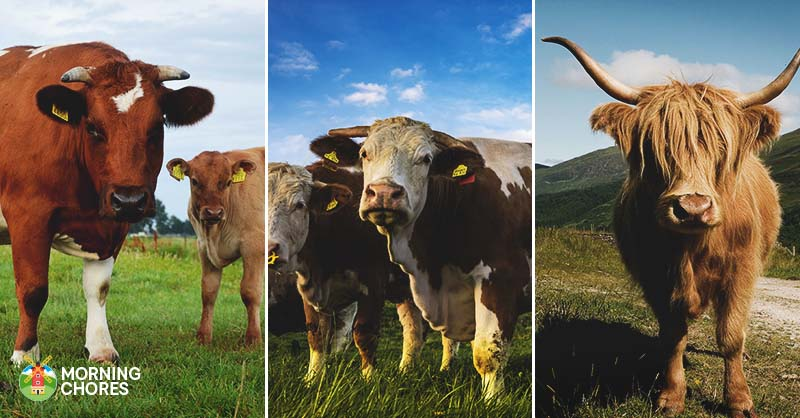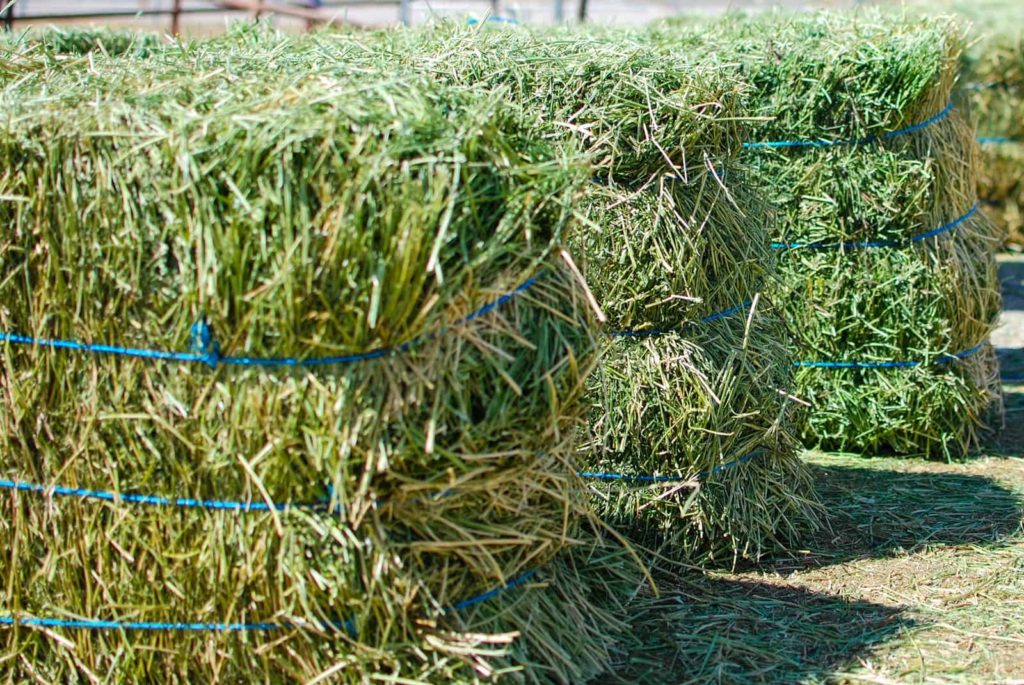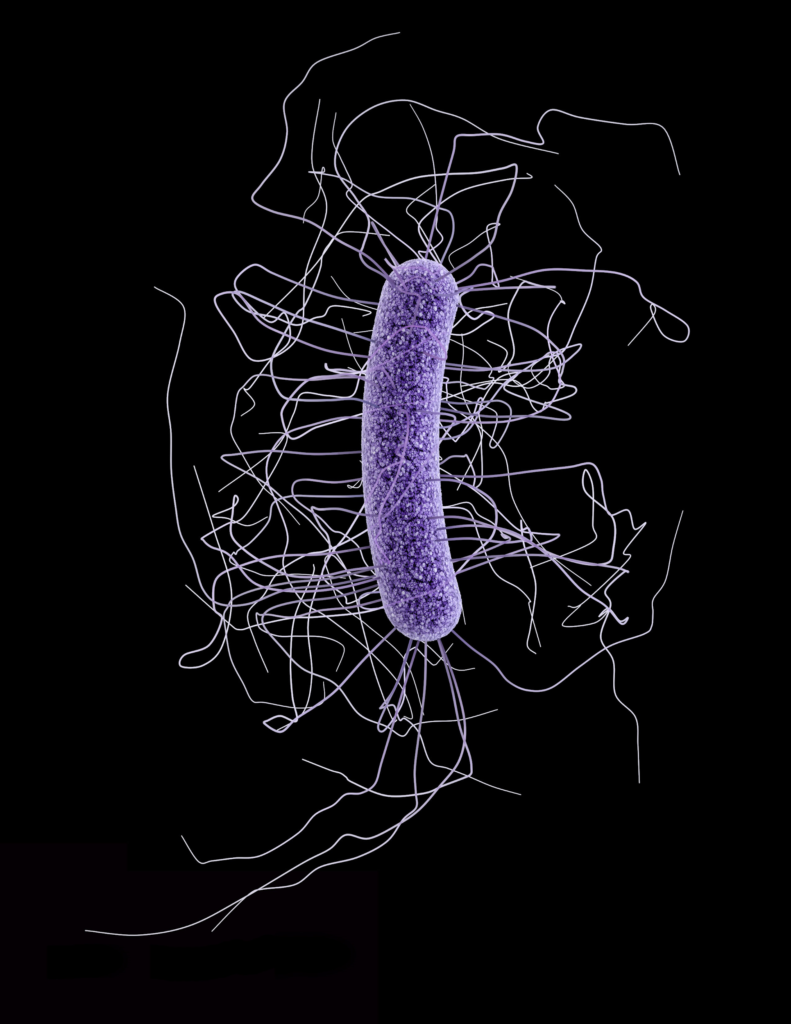
This feature talks about Eubacterium cellulosolvens. This is an anaerobic, peritrichous (having flagella all over its surface), gram-positive, rod-shaped bacterium. It is primarily known for its cellulolytic activity in ruminants, however, it is also present in the digestive tract of other species of animals when fed diets high in cellulose. While originally it was thought to be a relatively insignificant member of the microbial community in the rumen, new research has led to potential discoveries about its purpose as well as useful properties in other fields. Image courtesy of Angus Australia.
Please click on the image hotspots to learn more about this month’s featured microbe.
This month’s feature created by: Madison Henniger

Learn more

In European cattle, E. cellulosolvens is one of the more predominant cellulolytic bacteria in the rumen. It is also found in wide prevalence in the Netherlands and South Africa (Prins et al, 1972). Photo courtesy of Morning Chores.
Learn more

This bacterium, while present in low levels in the rumen, still plays an important role in fibrolytic and cellulolytic activity, allowing for digestion of feedstuffs such as clover or alfalfa hay. Photo courtesy of The Horse.
Learn more

This bacterium’s primary fermentation products are hydrogen, formate, butyrate, and lactate, with lactate being the most readily produced (Prins et al, 1972). Photo courtesy of Jennifer Hulsey/CDC.
Learn more

Current research involving E. cellulosolvens and the enzymes it produces have found that the bacterium is a good candidate for industry usage due to its high pH range and stability (Park et al, 2018). Photo adapted from ruminantdigestivesystem.com.
Follow this link to view all of the interactive presentations for the Rumen Microbes series.